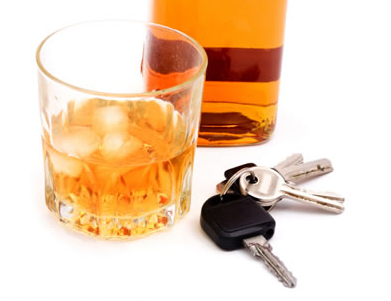Warning: Undefined variable $serie in /home/domains/treatmentandrecoverysystems.com/docs/wp-content/plugins/wp-series-manager/wp-series-manager.php on line 264
There are a number of challenges to overcome in dealing with drunk driving offenders. First, there are just way too many of them. One and a half million arrests a year, I’m told, if you include other drugs as well as alcohol. If it’s true that a typical offender has driven under the influence between 60 and 100 times prior to first arrest, it’s clear the actual problem is far, far greater than arrests alone can document.
Second, drunk drivers are not a homogeneous population. Arresting people for the same offense is like throwing out a massive fishing net over an area of ocean. You wind up with some very different creatures in your catch, and they have to be separated.
Third, there are usually two systems involved — criminal justice and treatment. Both are large and complex and have very different agendas. One is focused on protecting the public, the other on helping clients. They’re not always well-integrated. Gaps in communication are common.
So far, most jurisdictions have settled for a sequential approach. A first offender might expect sanctions and a course of driver education; further offenses lead to greater sanctions and probably treatment. Continued recidivism leads to jail time — although not always reliably.
If I had to pick one issue to focus on, it would be the relationship between those two systems. A management consultant would use terms like silos and duplication of services. Since most interventions work best when applied promptly and consistently, the inefficiency of the system undermines the effectiveness of the intervention.
That’s bad because recidivist drunk driving is linked to fatalities.
So an ideal solution has to meet two criteria. One, it can be implemented quickly, with little gap between arrest and intervention. And second, it has to fit the existing criminal justice and treatment continuum, because that’s just too darn hard to completely redesign.
Easier said than done, I know.
And yet it reminds me of the way things were with co-occurring disorders. Alcoholics with mental illness had to cope with two treatment teams using two different approaches. These teams rarely communicated and when they did, it was mostly to disagree.
Then came the notion of an integrated approach based on a single team that included multiple disciplines and a schedule of regular communication. The outcomes suggest that does indeed work better than the old way.
I can’t help thinking that something similar might improve outcomes for drunk drivers. It will require the tearing down of some pretty tall silos, of course. But after all, it’s progress we seek, not perfection.














The USA has higher rates of traffic fatalities than other affluent democracies. The World Health Organization suggests that this is because of weak enforcement of speeding and drunk driving laws. I agree but it is also because of over-reliance on punishment generally rather than investment in prevention. It is time for legislators to get to know facts, including how to stop young men growing up to be chronic offenders. Let´s make 2014, the year for getting smarter crime control – saving lives (and taxes)
In my community treatment is required for first time offenders. Often it seems that the solution is “throw it against the wall and see what sticks. I am glad folks get treatment but forcing them sometimes turns them away from seeking treatment when they are ready I would think.
I think that protecting the public is by helping the client with their alcohol addiction. If they are no longer a practicing alcoholic then they are no threat to the public. What about court ordered rehabilitation for convicted offenders?